SIGNAL 2023: Twilio's Latest Announcements for Developers
Time to read:
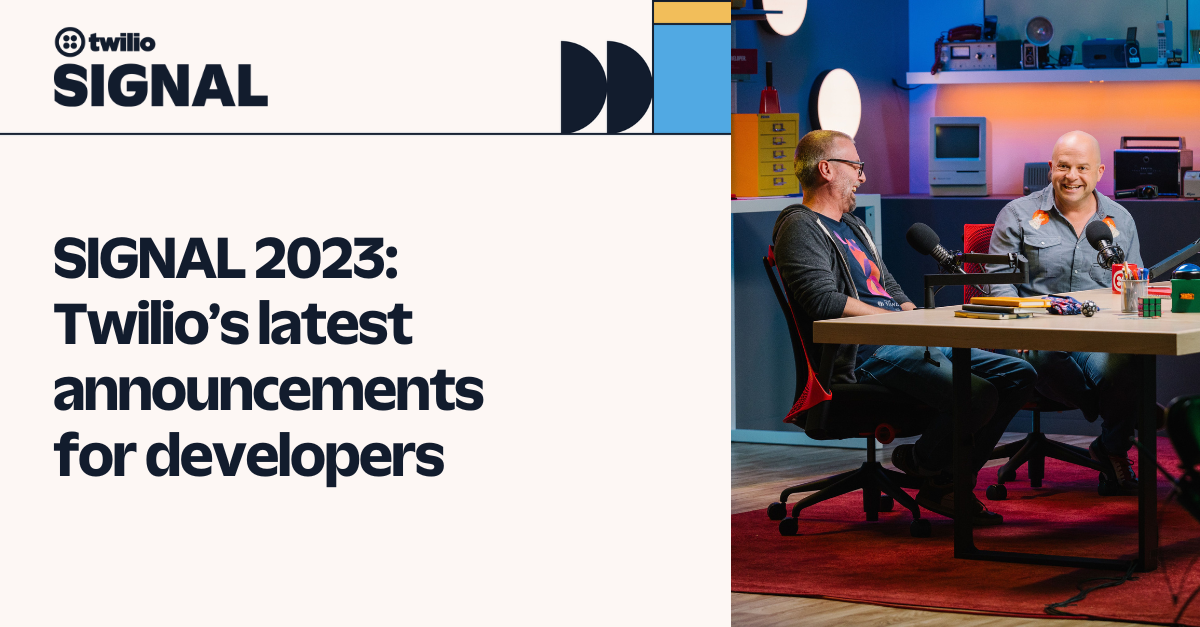
Builders around the world recently tuned in to watch our second annual Developer Keynote at Twilio’s 2023 SIGNAL customer and developer conference, a keynote tailored just for builders.
Missed it? Don’t worry—in this post, we’ll recap everything Twilio’s CEO and co-founder Jeff Lawson along with our Developer Evangelists (and robot companion, AILeen) discussed during the SIGNAL Developer Keynote. Plus, we’ll show you how Twilio is merging large language models (LLMs) with solid, compliant data to create even better customer experiences. At the end of the day, that all boils down to sending better communications.
Alright, let’s talk about SIGNAL!
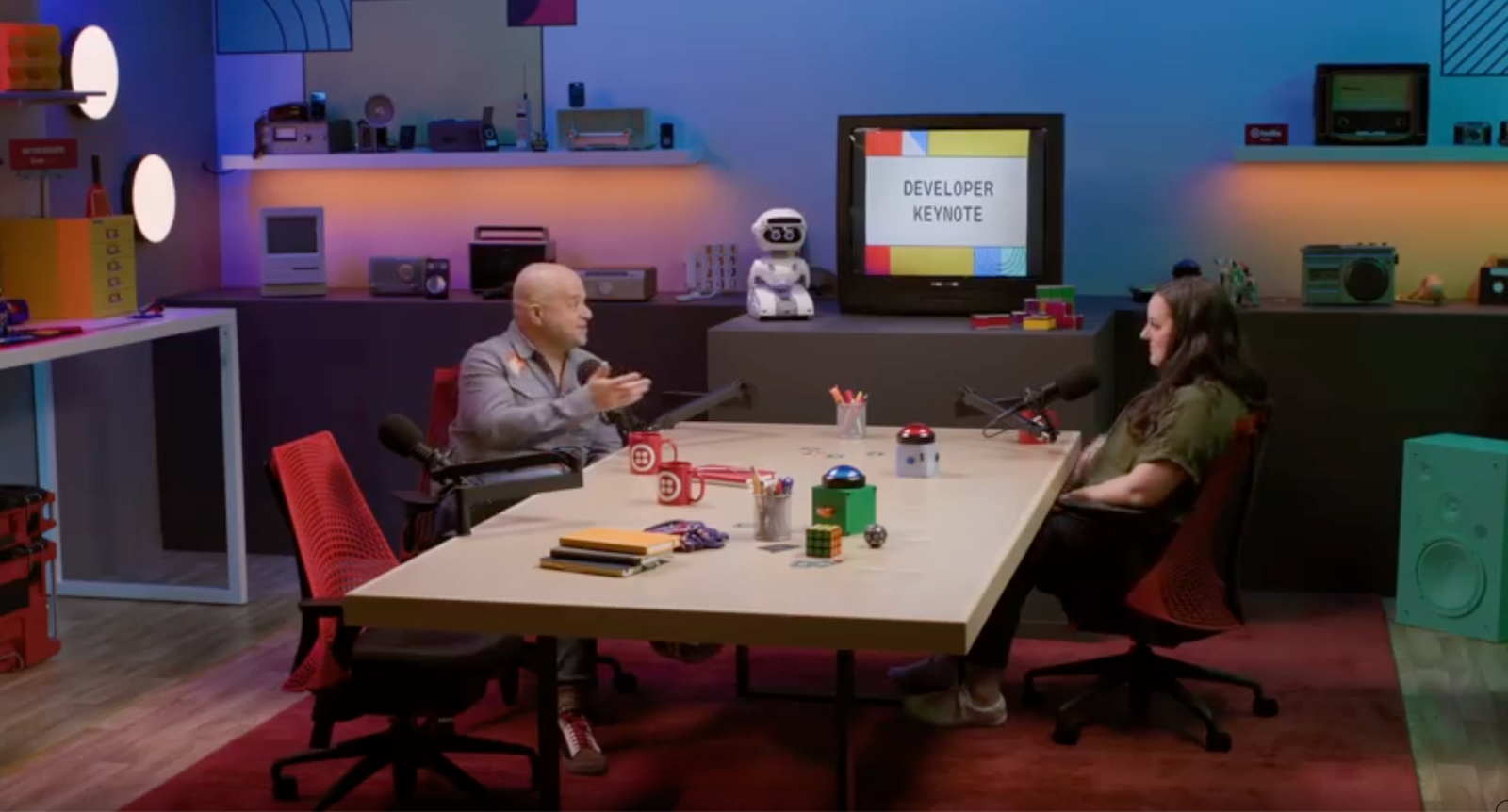
Provide more personalized engagement with CustomerAI + Segment
Artificial intelligence (AI) will revolutionize the internet and also transform how we, as developers, build solutions and tools for customers. AI integrations will be table stakes across the web.
For developers and companies to differentiate themselves from these soon-to-be standard experiences, they’ll need to ensure they are working with quality data. Typically, data is isolated in various systems such as a data warehouse, data lakehouse, or SaaS platform. If you can’t normalize, integrate, and access that data, creating novel experiences will be a challenge.
This is where Twilio Segment’s customer data platform (CDP) comes in. As the #1 CDP in worldwide market share for the fourth year in a row according to IDC, Segment collects real-time data across channels into unified profiles leading to more personalized customer experiences. And since customer data is most often siloed across dozens of systems, Segment helps build a single view of the customer—without having to write all the ETL (Extract, Transform, Load) operations—because understanding your customers is critical to a successful customer engagement strategy.
With Segment, you can:
- Gather data from Sources such as websites or cloud applications
- Track a complete view of your customers across their journey and deliver personalized experiences using Unify
- Act on data and learn about your customers in real-time using Destinations
When you gather this data about your customers in Segment, you have the opportunity to infuse it into every interaction your company has with its customers. That’s what we do with CustomerAI, a set of capabilities woven throughout all of our products that couples the power of LLMs with real-time customer data flowing through Twilio’s Customer Engagement Platform.
CustomerAI will help you to truly listen to your customers, interpret the signals they’re sending you across channels, and activate them through personalized experiences for every individual. Now you can inject some of AI’s reasoning ability to enhance your understanding of customers and create more personalized experiences.
A more enjoyable customer experience
To give you a better picture of what Segment and CustomerAI can do for you, our colleagues imagined a fictitious sneaker brand with a website which… sells sneakers. The website has an AI chatbot to help customers with questions or issues about their order.
Using AI without relevant customer data, the chatbot returns an intelligible yet generic AI response. It lacks personalization, such as the customer’s name or order number, and requires the customer to answer follow-up questions to gather more information.
But when the chatbot has access to Segment and CustomerAI, relevant data, traits, and events will be returned, which can then be passed to the LLM for a more personalized response. Because the customer’s data profile is already in Segment, the chatbot will automatically understand the customer’s name and order number and make a prediction about the customer’s intent, creating a truly personalized customer experience.
Wouldn’t you much rather shop at a place with an experience like this?
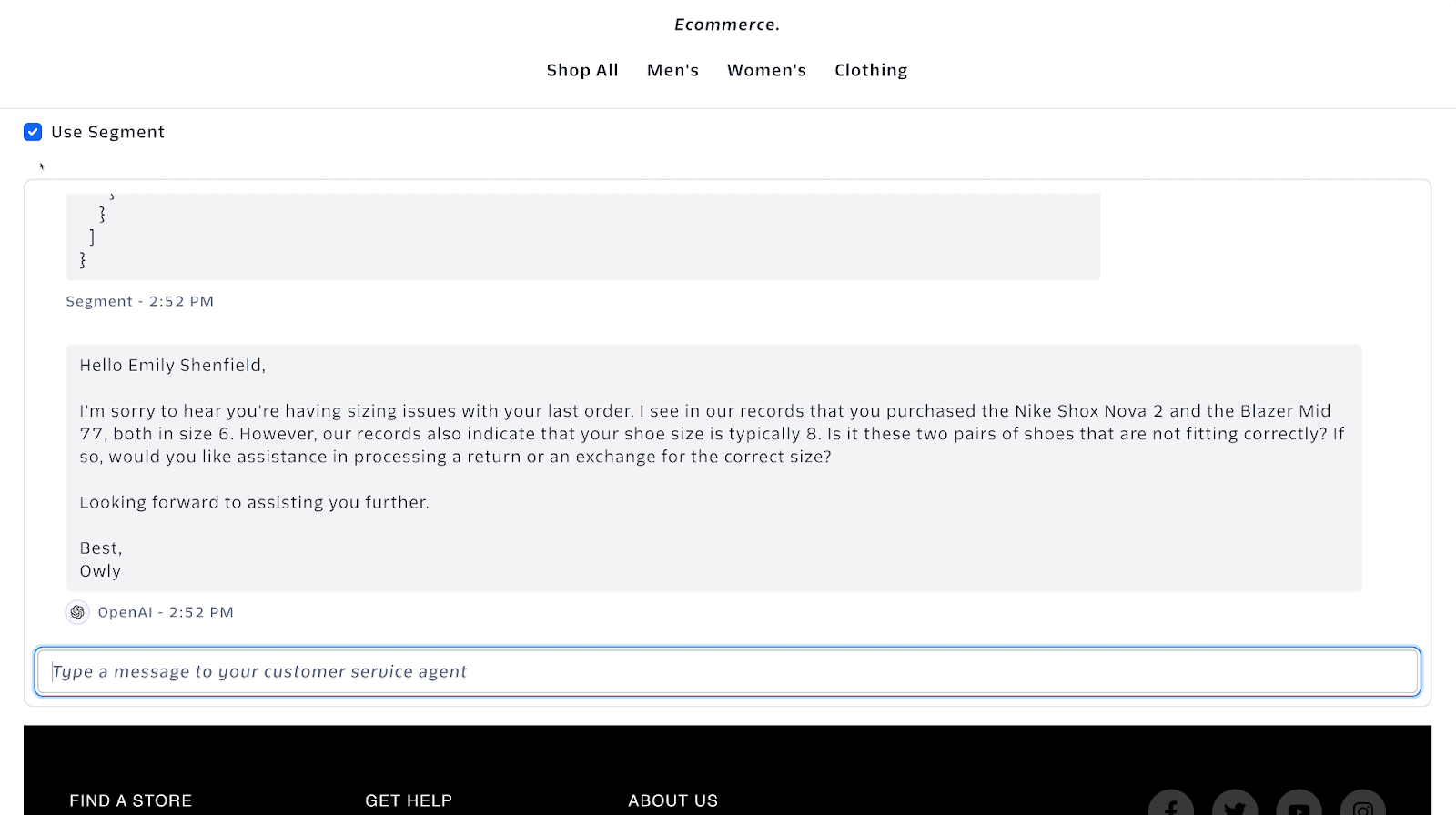
The power of generative AI and predictive AI all in one instance
Your applications and AI integrations are only as good as the data you’re feeding them. And investing in data quality will improve trust in your data, reduce time spent by your engineering teams navigating and validating data, and ultimately allow your business to grow faster. Time and time again, we see companies struggling with things like ensuring consistent event naming across properties, which can lead to confusion down the line.
Using our fictitious sneaker brand, let’s assume two teams are working on the sneaker website. One team categorizes the SKUs as “sku” while the other uses a barcode. This inconsistency could lead to data conflicts for our AI to process.
With Segment Protocols, you can define events and corresponding properties in a Tracking Plan, which becomes the central source of truth of your data. With Protocols, you’ll see a real-time flag whenever an event in the Tracking Plan has a violation, which can help you quickly find and resolve discrepancies. In this case, our Tracking Plan expects “sku” for the “product added” events, so you’ll notice a violation whenever that “sku” property is replaced with “barcode.”
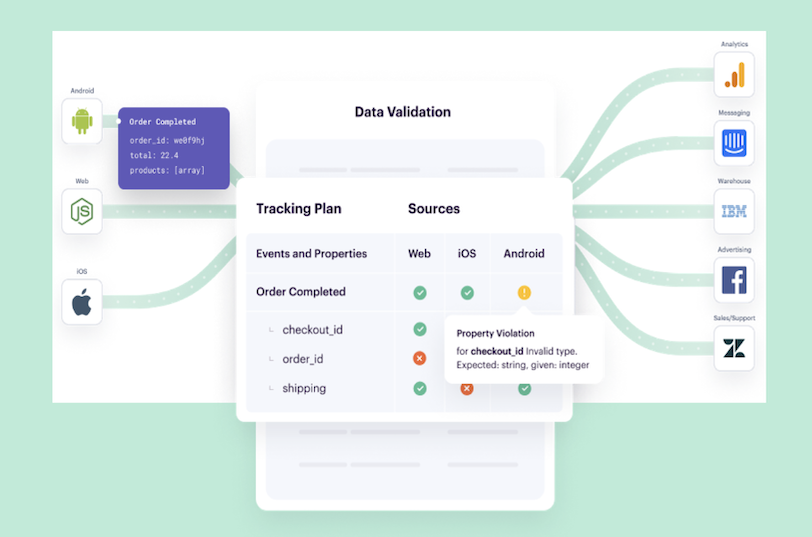
Destinations are where you can send and store data, and Segment has over 450 pre-built Destinations already included. If you need to integrate with another Destination (or Source, for that matter) you can use Functions to build custom integrations.
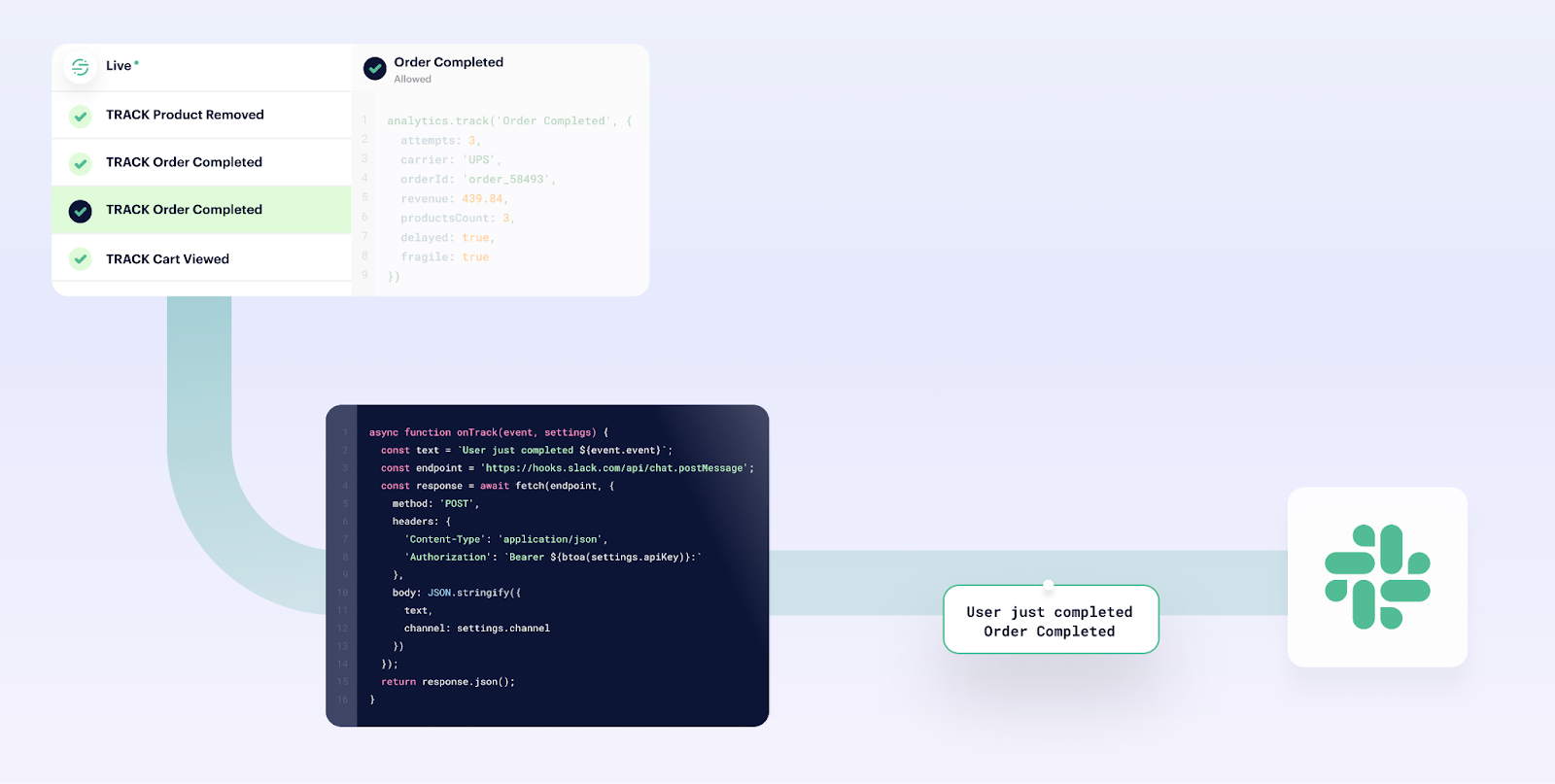
After you configure your Sources and Destinations, you can use the data flowing through Segment to build a “golden” profile for each customer. And with Segment Unify, you can consolidate real-time customer data into these profiles across every platform to understand the customer journey and get a complete view of your customer.
There’s also a new data graph feature called Linked Profiles that makes these profiles even more robust. Linked Profiles allow you to take contextual data from multiple sources and pair it with the customer profile. This pairing allows you to build a data graph of profiles and their related entities, which ultimately leads to better customer interactions.
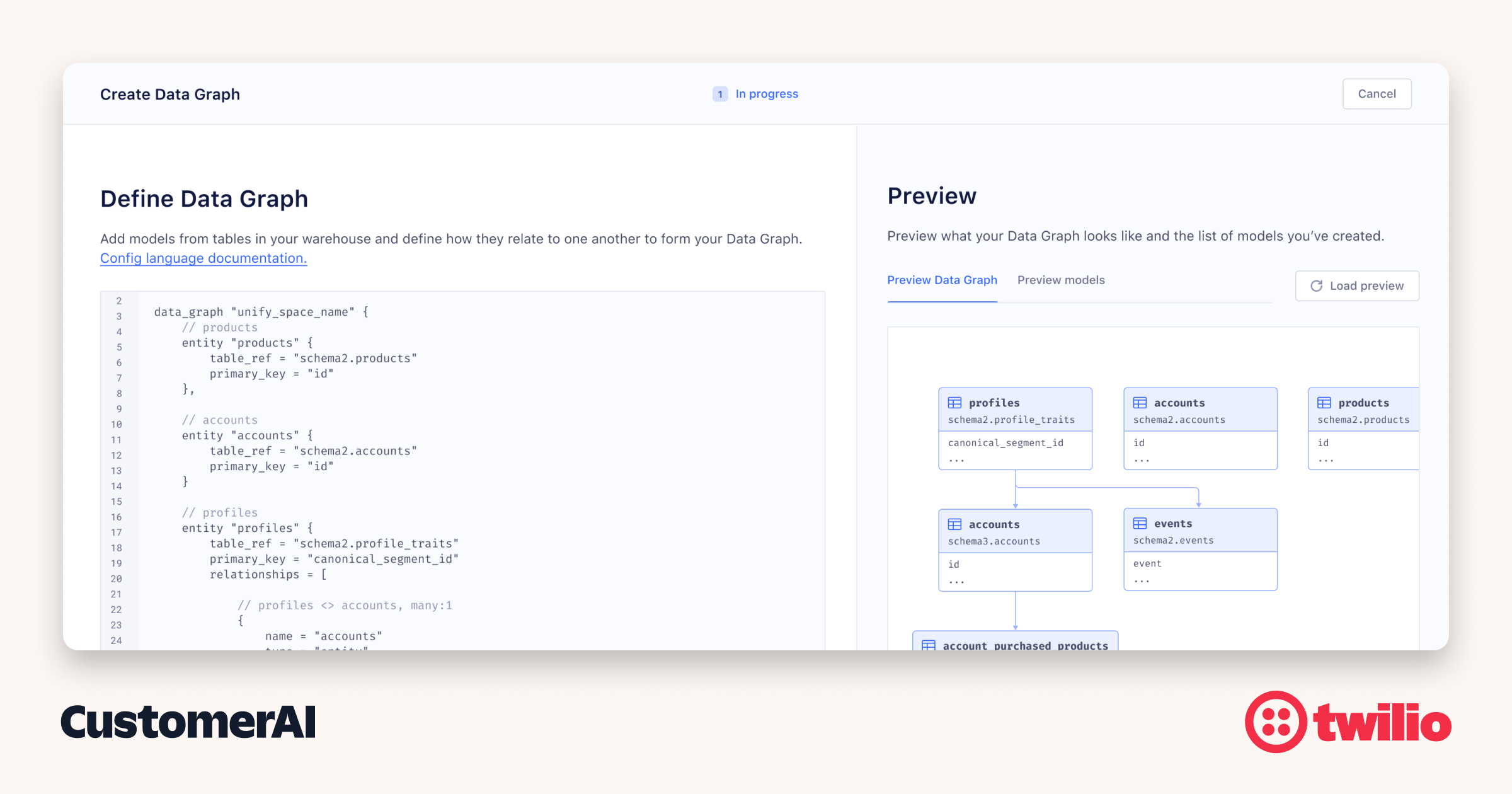
If you want to understand the likelihood of a customer performing an event that’s tracked in Segment, you can use Predictive Traits. With Predictive Traits, we use Segment’s AI and machine learning to help you understand what your customers will do next. Predictive Traits come with out-of-the-box predictions, or you can create your own Custom Predictive Goals so that you can customize what matters most to you.
AI and fraud detection
With the rise in popularity of generative AI through models such as OpenAI’s ChatGPT, developers are harnessing the power of AI to help solve challenging problems. While generative AI focuses on making new content, predictive AI uses machine learning (ML) models to excel at decision making. And here at Twilio, we’re using predictive AI to proactively combat fraud.
SMS Fraud results in billions of dollars of charges each year at the expense of individual companies. One known attack, called SMS Traffic Pumping (sometimes styled Artificially Inflated Traffic, or AIT), was projected to result in financial losses of $4.5 billion in 2021.
SMS Traffic Pumping is when fraudsters use phone number input fields for one-time passcodes, app download links, or other messages sent via SMS without adequate controls to inflate traffic and exploit your app. Using bots, attackers send thousands of messages controlled by a specific mobile network operator (MNO) to exploit the input field. As a result, charges are incurred by the targeted business and the attacker receives a share of the generated revenue from the MNO.
To combat fraud, such as SMS Traffic Pumping, and improve your SMS one-time passcodes (OTP) conversion, Twilio Verify launched Fraud Guard. Fraud Guard uses AI to proactively help detect SMS pumping fraud and prevent attacks. Twilio has data across hundreds of thousands of customers and billions of text messages, and our model can discern good actors from bad actors to proactively block fraudsters. Fraud Guard is already paying dividends for our customers – we estimate we saved customers over $30 million in fraudulent charges, blocking over 141 million fraudulent attacks through 7/14/23.
Soon, we’ll launch Lookup SMS Pumping Risk as well. Currently in public beta, Lookup SMS Pumping Risk provides a risk score for phone numbers and allows you to act on the result – potentially saving you from dealing with SMS Pumping Fraud before it even begins.
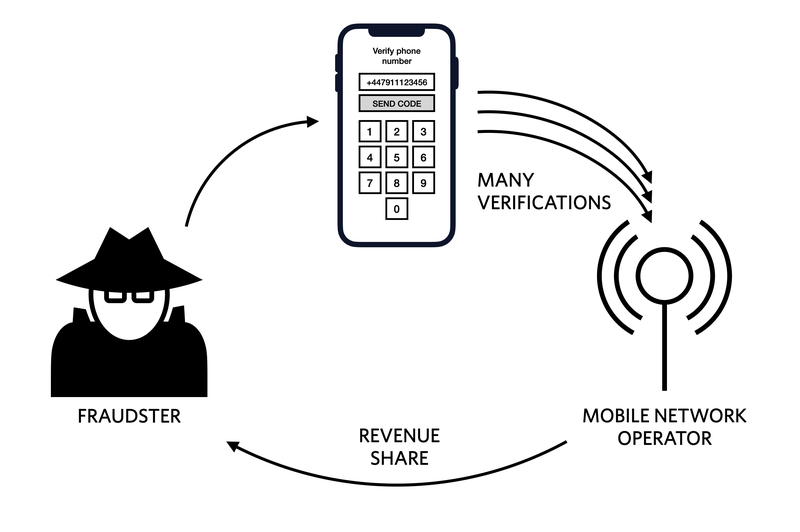
AI and data privacy
With the amount of data that companies harvest, it’s no surprise when customers have concerns about data privacy. That’s why at SIGNAL, Twilio announced the adoption of a set of CustomerAI trust principles and privacy ladder framework to guide the responsible development, use, and deployment of predictive and generative AI across all of Twilio’s products and features.
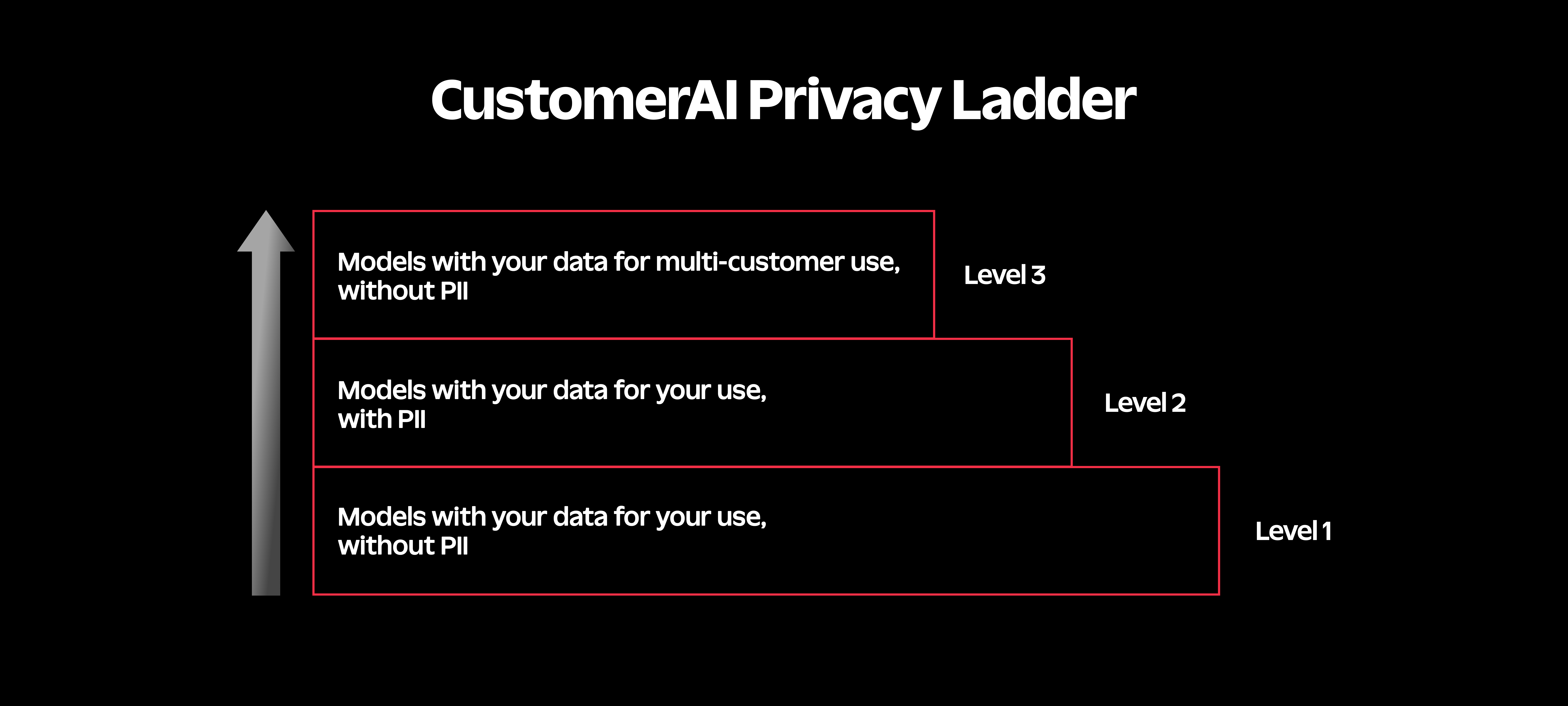
The Segment Privacy Portal takes a proactive approach to privacy. It allows you to gain real-time visibility into what personal information you’re collecting, where you’re collecting it from, and where you’re sending it. Then, you can set up rules to automatically protect it.
Privacy Portal gives developers the out-of-the-box ability to identify PII data, create their own identifiers, categorize them, and block incoming event PII data, right at the source. Segment encourages an architecture where you're thoughtful about getting data out, applying a layer of governance, layering privacy controls, and getting your data where it needs to go.
What’s Next
Learn how Twilio can help developers get the most out of AI, rewatch the Developer Keynote, and catch all of the breakout sessions we have around what’s possible to build with Twilio, now available on-demand for free on the SIGNAL platform.

Related Posts
Related Resources
Twilio Docs
From APIs to SDKs to sample apps
API reference documentation, SDKs, helper libraries, quickstarts, and tutorials for your language and platform.
Resource Center
The latest ebooks, industry reports, and webinars
Learn from customer engagement experts to improve your own communication.
Ahoy
Twilio's developer community hub
Best practices, code samples, and inspiration to build communications and digital engagement experiences.


